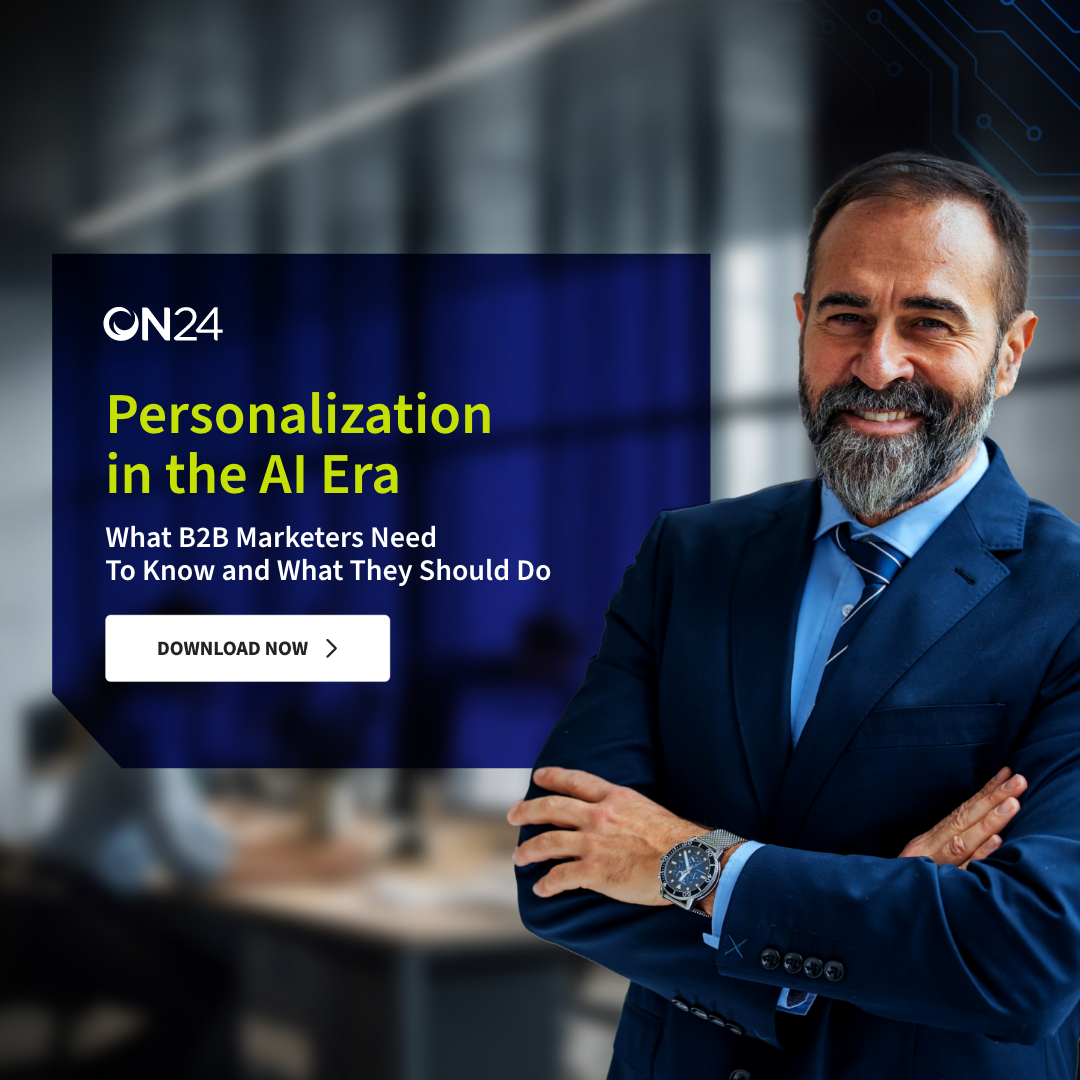Why Content Personalization Is So Important For Customer Experience

Audiences expect to be catered to. They expect to easily find information relevant to them without sifting through a massive digital haystack. Brands need to meet these expectations — and content personalization can help.
Personalized digital content experiences give audiences what they’re looking for — content relevant to their interests and needs — and provide organizations with a sizeable impact on leads and customers.
But how do you go about building a content personalization strategy? What techniques should you employ? What about tools and technologies that make the process easier? We’ve compiled a full guide to the topic so you can make the most of your content personalization efforts.
Content Personalization

Content personalization is a tactic businesses can use to tailor content to suit individual customers or audience segments. Personalization can be based on diverse factors like demographic data, past behaviors and personal preferences.
This tactic — segmenting and cusomizing experiences to a person or persona — can boost the impact content marketing efforts have and help provide value to customers or audience members.
Benefits of Content Personalization

Okay, so we know that content personalization helps provide value and deliver target experiences to the audience. But what other benefits does content personalization provide? Here’s a short breakdown:
Enhanced Customer Engagement and Satisfaction
Businesses using content personalization can better address audience key pain points and preferences, delivering highly relevant content at the right time through the right medium. This leads to deeper customer engagement and can, by extension, enhance brand satisfaction.
By engaging customers, businesses can see diverse benefits, including better loyalty and higher referral rates. This can have transformative effects on overall business performance over the long term.
Improved Conversion Rates and Customer Loyalty
The tailored approach involved in personalization helps businesses increase conversion rates and boost customer loyalty, which supports the case for content personalization techniques as a driver of improved financial performance.
This is evidenced in plenty of statistics. A McKinsey study, for example, found that 76% of consumers are more likely to make purchases from brands that use personalization, 78% are likely to make repeat purchases and 78% are more likely to refer their friends or family to the brand.
Key Elements of Content Personalization

There are lots of unique ways to approach content personalization, but some key elements are shared across most content personalization campaigns, including:
Data-Driven Insights and Customer Segmentation
Data plays a crucial role in content personalization efforts, providing insights that steer the entire strategy. It reveals audience demographics, key behaviors, and preferences regarding distribution channels or content formats.
Using a combination of existing data from customer relationship management (CRM) platforms and new data sourced through surveys or interviews, businesses can build a full view of their audience and get ideas about how to approach personalization.
At scale, it’s generally not viable to personalize on an extremely individualized basis. Instead, businesses can use their data to create a segmentation strategy, grouping their customers into “segments” based on shared traits. These segments can then be used to guide the distribution of relevant, personalized content.
Tailoring Content Based on Customer Behavior and Preferences
The audience data collected and used in a segmentation strategy will contain lots of useful insights that can be used as the basis for content personalization. These can cover everything from key customer pain points to preferred content formats.
They can be leveraged to create diverse vectors for personalization. Learning that a particular segment of their audience is struggling to optimize a certain business process, for example, means businesses can target them with content addressing that need. And if they also know the same segment likes to learn through webinars, they’ll know to use that as the main content distribution channel.
Combined, these insights ensure that businesses can always provide the right content to the right people in the right way. This maximizes the value of the content to the audience members who see it, boosting its impact on content marketing KPIs.
Techniques for Effective Content Personalization

Content personalization can take all sorts of forms, with diverse personalization techniques to consider in any given campaign. These are some of the most popular:
Personalizing Website Content and User Interfaces
Website content, whether web pages, blog posts, whitepapers or videos, offers an excellent opportunity to deploy personalization techniques. Each visitor to a website is unique, which makes the argument for offering unique content experiences clear.
Using cookies or other user tracking software, businesses can tweak their website’s messaging or most prominent content to suit specific interests or preferences. This can boost engagement, keeping users on-site for longer by capturing their attention with hyper-relevant content experiences.
User experience can also be personalized through tools like content hubs, which allow businesses to curate unique content experiences. These can be used to create distinct journeys to and from particularly relevant pieces of content, perfect for targeting specific audience segments.
Customizing Email Marketing and Communication Strategies
Email is a powerful marketing channel, allowing businesses to reach audiences directly in their inbox and deliver content or key messages. Importantly, it’s also one of the most effective channels for campaigns using personalization techniques.
Using audience segmentation, businesses can deploy diverse email campaigns to achieve many different outcomes. Existing customers can be segmented according to their favorite products to send relevant updates to the right people, for example. New leads can be segmented based on their demographics to ensure the messaging and content used in nurturing campaigns are both relevant and effective.
This approach can significantly enhance the impact of email marketing campaigns, resulting in more engagement and better click-through rates. It also generates lots of useful engagement data, which can be used to further refine the personalization strategy.
Tool and Technologies for Content Personalization

Businesses aiming to increase the impact their content has through personalization can make use of various tools. The following technologies make achieving effective personalization at scale simpler:
Customer Relationship Management (CRM) Systems
CRMs make it easier for businesses to collate and manage all of the data they need about their audience, leads and customers. The data included in a CRM can include demographic details, purchasing history and even notes about behaviors or preferences.
Having all this information available in one centralized location means it’s always available for segmentation and personalization campaigns. Certain CRMs will also include artificial intelligence (AI) powered features that generate automatic insights to use in marketing campaigns.
Various other technologies, including email marketing automation and webinar hosting software, also often include CRM integrations. That means any leads generated from your marketing activities can be populated in your CRM seamlessly, minimizing the burden of data entry.
Marketing Automation Platforms and AI-Driven Tools
Marketing automation platforms have become hugely popular in recent years. They help businesses achieve efficiency in their marketing efforts by reducing the amount of effort required to plan, launch, and evaluate large-scale personalized campaigns.
They can simplify the deployment and management of marketing strategies across diverse channels, including email, social media, and organic. Features typically include task automation, personalization recommendations, and built-in data analytics.
Automation solutions also increasingly use AI to provide even more powerful results. AI features can deliver automated insights into audience behavior and key performance metrics (KPIs) that help businesses refine their approach for their next effort.
If you’re looking to boost your content personalization campaigns, try the ON24 Content Hub platform or contact us to learn more about how it can help you deliver better personalized content experiences.
